Uncategorized
-
 Neuroscience
NeuroscienceMix of brain training, physical therapy can help paralyzed patients
Long-term training with brain-machine interface helps people paralyzed by spinal cord injuries regain some feeling and function.
By Meghan Rosen -
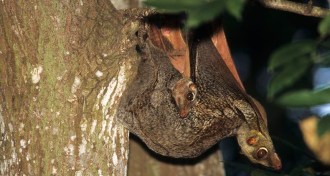 Animals
AnimalsColugo genome reveals gliders as primate cousins
New genetic analysis suggests gliding mammals called colugos are actually sisters to modern primates.
-
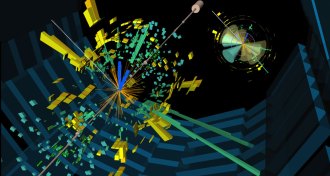 Particle Physics
Particle PhysicsNew data give clearer picture of Higgs boson
Scientists are carefully measuring the Higgs boson’s properties.
-
 Science & Society
Science & SocietyCity of graphene hosts forum full of questions
Editor in chief Eva Emerson discusses scientific inquiry and drawing inspiration from a supersmall element.
By Eva Emerson -
 Earth
EarthGeneral relativity has readers feeling upside down
Readers respond to the June 25, 2016, issue of Science News with questions on Earth's age, moaning whales, plate tectonics and more.
-
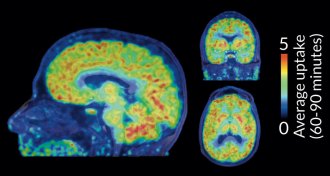 Genetics
GeneticsScientists get a glimpse of chemical tagging in live brains
For the first time scientists can see where molecular tags known as epigenetic marks are placed in the brain.
-
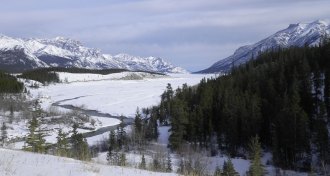 Paleontology
PaleontologyHumans may have taken different path into Americas than thought
An ice-free corridor through the North American Arctic may have been too barren to support the first human migrations into the New World.
-
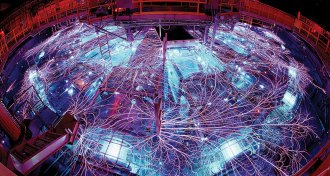 Physics
PhysicsThe pressure is on to make metallic hydrogen
Scientists are getting close to turning hydrogen into a metal — both in liquid form and maybe even solid form. The rewards, if they pull it off, are worth the effort.
-
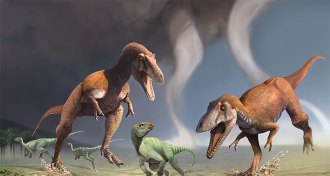 Paleontology
PaleontologyT. rex look-alike unearthed in Patagonia
A new dinosaur species discovered in Patagonia has the runty forearms of a Tyrannosaurus rex, but is not closely related to the gigantic predator.
By Meghan Rosen -
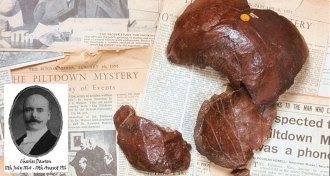 Anthropology
AnthropologyNotorious ‘ape-man’ fossil hoax pinned on one wrongdoer
New Piltdown Man study pegs infamous ‘ape-man’ skull forgery on one well-informed culprit.
By Bruce Bower -
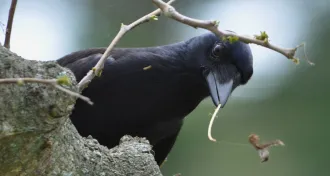 Animals
AnimalsBetty the crow may not have invented her hook-bending tool trick
Textbook example of Betty the crow’s proposed insight into toolmaking is now called into question by observations of similar hook bending by wild New Caledonian birds.
By Susan Milius -
 Neuroscience
NeuroscienceAging-related protein may play role in depression
Mouse study reveals link between aging protein and depression.